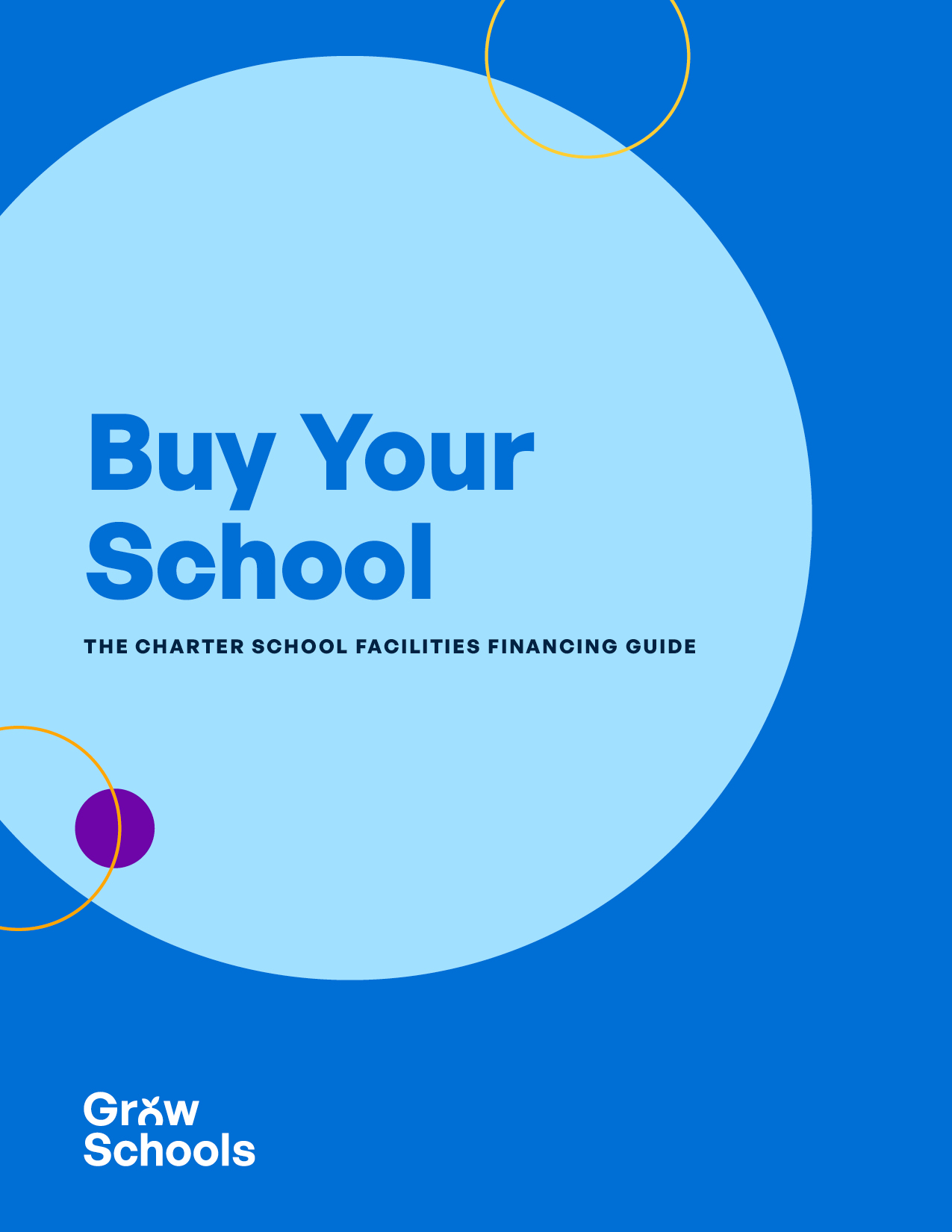Demystifying Bond Financing for Charter School Leaders
Charter school bond financing represents one of the most complex yet potentially advantageous funding mechanisms available for educational facility projects. While only 12% of charter schools nationwide successfully secure bond financing, understanding when and how bonds work can unlock significant opportunities for the right schools at the right time.
This comprehensive guide breaks down everything charter school leaders need to know about bond financing, from basic concepts through qualification requirements, helping you determine whether bonds align with your school’s facility financing strategy.
What Are Municipal Bonds and How Do They Work for Charter Schools?
Understanding Municipal Bond Basics
Municipal bonds are debt securities issued by government entities or qualified organizations to finance public projects. For charter schools, these bonds provide access to tax-exempt financing that can significantly reduce borrowing costs compared to traditional commercial loans.
Key Bond Characteristics:
- Tax-Exempt Status: Interest earned by bondholders is typically exempt from federal and often state taxes
- Long-Term Financing: Bond terms usually range from 20-30 years
- Fixed Interest Rates: Provides predictable debt service costs throughout the bond term
- Large Transaction Sizes: Most bonds are issued for projects of $10 million or more
How Charter School Bonds Differ from Traditional Financing
Unlike bank loans or lease agreements, bonds involve selling debt securities to multiple investors in the public market. This process requires extensive documentation, legal review, and ongoing compliance but can provide more favorable interest rates for qualified schools.
Bond Market Structure:
- Issuer: The entity responsible for bond payments (often the charter school or related organization)
- Underwriter: Investment bank that manages the bond sale process
- Trustee: Third party that oversees bond compliance and payments
- Credit Enhancement: Insurance or guarantees that improve bond ratings
- Investors: Individual and institutional buyers who purchase the bonds
When Charter School Bond Financing Makes Strategic Sense
Ideal Candidates for Bond Financing
Bond financing works best for charter schools that meet specific criteria related to stability, size, and long-term planning.
Optimal School Characteristics:
- Mature Operations: Schools with at least 5-7 years of operational history
- Stable Enrollment: Consistent or growing student populations with waiting lists
- Strong Financials: Healthy operating margins and cash reserves
- Permanent Facility Needs: Schools ready for their “forever home” without expansion plans
- Large Project Size: Facility investments of $10+ million to justify transaction costs
The Charter School Bond Financing Process: Step by Step

Phase 1: Pre-Qualification and Planning (6-12 months)
Financial Assessment:
- Comprehensive review of school’s financial history and projections
- Analysis of enrollment trends and market position
- Evaluation of debt capacity and coverage ratios
- Assessment of cash reserves and working capital needs
Feasibility Analysis:
- Project cost estimation and budget development
- Market analysis for proposed facility location
- Educational program alignment with facility design
- Long-term strategic planning confirmation
Phase 2: Team Assembly and Documentation (3-6 months)
Professional Team Selection:
- Bond Counsel: Legal experts specializing in municipal bond law
- Underwriter: Investment bank to manage the bond sale process
- Financial Advisor: Independent advisor representing the school’s interests
- Trustee: Institution to oversee ongoing bond compliance
- Credit Rating Agencies: Organizations that assess and rate the bonds
Documentation Development:
- Official Statement: Comprehensive disclosure document for investors
- Bond Indenture: Legal agreement outlining bond terms and conditions
- Continuing Disclosure Agreement: Ongoing reporting requirements
- Credit Enhancement Applications: If applicable for better rates
Phase 3: Credit Rating and Marketing (2-3 months)
Credit Rating Process:
- Detailed presentation to rating agencies (Moody’s, S&P, Fitch)
- Site visits and management interviews
- Financial analysis and stress testing
- Rating assignment that affects interest rates
Bond Marketing:
- Investor presentations and roadshows
- Market timing and pricing strategies
- Order collection and allocation
- Final pricing based on market demand
Phase 4: Closing and Implementation (1-2 months)
Final Documentation:
- Legal review and execution of all bond documents
- Funding arrangements and escrow establishment
- Insurance and compliance confirmations
- Bond delivery and payment processing
Making the Decision: Is Bond Financing Right for Your School?
Charter school bond financing represents a powerful tool for the right schools at the right time, but it’s not suitable for every situation. Success requires careful assessment of your school’s readiness, thorough understanding of the process, and realistic evaluation of alternatives.
The schools that benefit most from bond financing are those that have achieved operational maturity, demonstrated long-term stability, and are ready to make permanent facility commitments that will serve their communities for decades to come.
Whether bond financing aligns with your school’s strategy depends on your specific circumstances, timeline, and long-term vision. The key is making an informed decision based on comprehensive analysis rather than assumptions about what financing approach is best.

